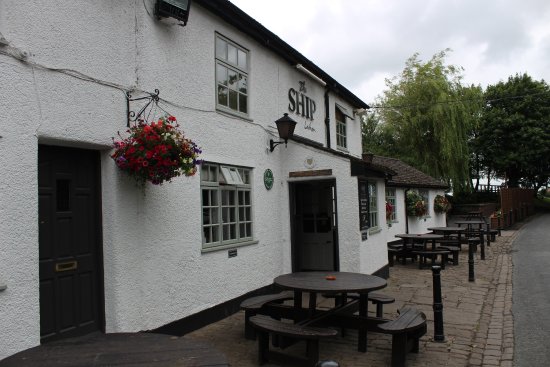We had a booking to travel down from the canal and through the dock system in Liverpool to the heart of the city. It is a great journey and Liverpool has plenty to keep you occupied whilst you are there. We had a couple of nights out in the country before arriving at Bridge 9 on the Leeds Liverpool, which is the rendezvous for heading to the end of navigation.


This straight section of canal is Halsall Cutting where on the 5th November 1770 the first sod was turned to srart the construction of the Leeds Liverpool Canal. It was finished completely until 19th October 1816!
I love the fact that these are still here. The fact that the jetties where 'night soil' was tipped into barges, from the horse and carts that collected it, is still to be seen makes for me a better history than a Buckingham Palace as it was an everyday thing, and they are usually the first things to go. The night soil was taken by boat to the fields around Burscough where they went to grow the vegetables that when back into Liverpool, and so the circle of 'life' was completed!!
Why don't they make bridges like this anymore? There is always something to see as you head towards the locks down to the dock system.
The Tobacco Warehouse is a truly impressive building, and is said to be the largest brick building in the world, and really does make you think how rich the old Liverpool docks would have been. I am so glad it is still here and I really look forward to the reawakening of the structure when it is open again.
Once you are down the locks and through Trafalgar Dock and traversed 'Sid's Ditch' you get to Princes Dock with a fine view of the iconic Liver Buildings and you feel that you are nearly there.
The last lock brings you to the tourist attraction of Albert Dock, and if you could throw in a few masts and yard arms you could be back in time. Mind you that is not right as the Anglican Cathedral only opened fully in 1978.
Once we had settled on our berth in Salthouse Dock we had a shower and then off we went to explore. Helen had got us tickets to a concert at the Liverpool Philharmonic Hall so before the show we headed to the nearby Philharmonic Pub. It is about a twenty five minute walk uphill towards the Cathedral but is a veritable temple to beer. It was built 1898 to 1900 for the Cains Brewery and is a Grade II listed building and on the CAMRA List of Heritage pubs.
Two of the rooms are named after Brahms and Liszt and maybe the source of the rhyming slang for being drunk! The decor is definitely 'Gentleman's Club and has lots of little spaces round about.
The plaster work and ceilings are really worthy of note too. It is a Nicholson's pub and they had 8 beer pumps on if I remember correctly.
I was surprised to see a beer from so close to our home, not exactly a Locale. It started brewing in 2008 in an old slaughterhouse. Sales were so good it expanded, over the road into a converted cottage in 2012. The village of Great Heck is not very far from the Aire and Calder Canal just past Eggborough.
They brew around 16 beers regularly but the one available today was Dave, 3.8%. It is a dark bitter from chocolaty malts that has a nice and smooth finish from the addition of whole hop flowers it says. However they do it it was a very satisfying pint.
Before leaving to take our seats at the theatre over the road I had to visit the gents. Even if you don't need too you should make sure you take a look. Weatherspoon's take pride in the loos today and it is obvious that at the end of the Victoria age the trend was started! Just look at the tile work! Stunning colours, a real delight.
We were up in the Gods but a great view and the sound was fantastic also. What a brilliant return to Liverpool.






























